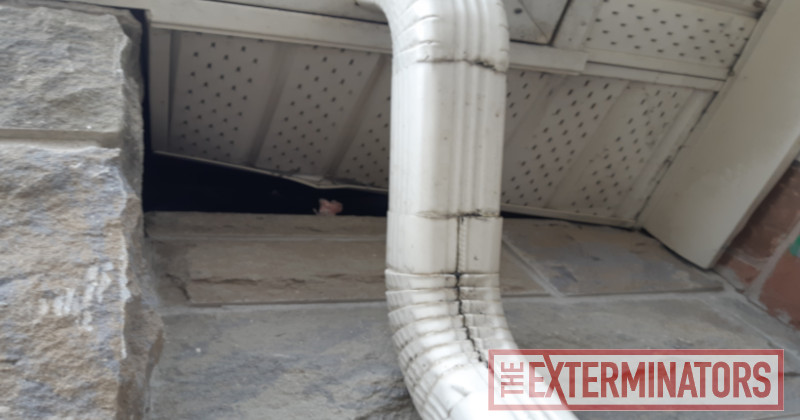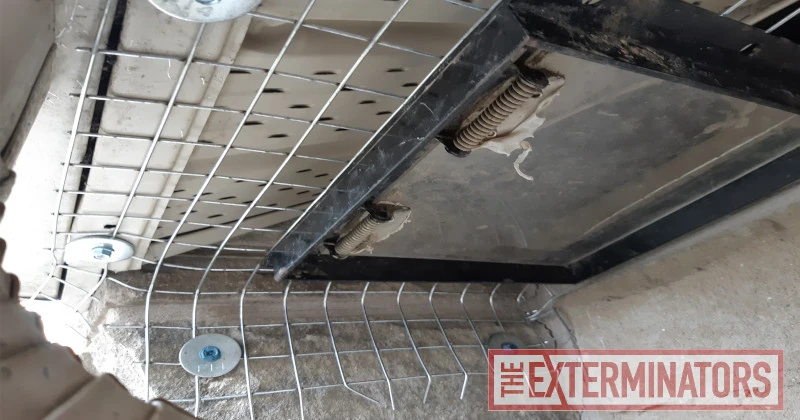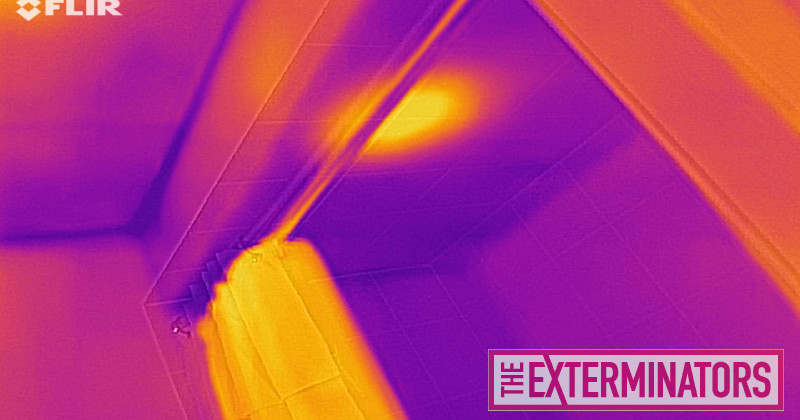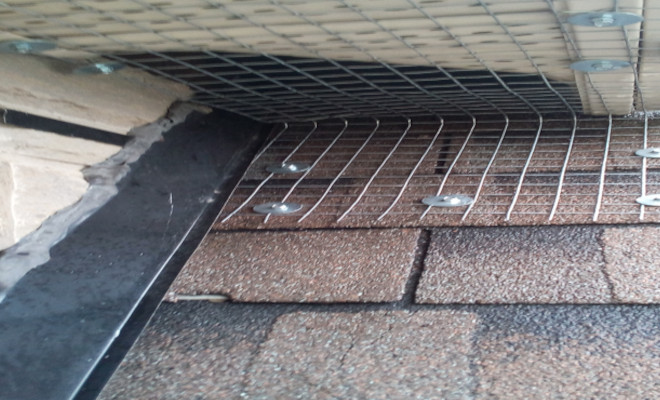In this case study we will visit a residential apartment in Brampton, Ontario. The homeowner complained of hearing noises in the attic space. The homeowner had had work done before for a previous raccoon call. In very rare circumstances they find a way back into the space. A technician was deployed after this and started doing the exterior inspection. The technician did not take long conducting the exterior inspection because the breach was visible from a distance
Exterior Inspection
Conducting the exterior inspection is very important because it exactly pinpoints where the problem area is. Apart from that, the interior inspection is also important as we will see later on. The technician recommended that the complete soffit be replaced because it was beyond repair at that point. The soffit is a vulnerable place, particularly because it sits right below the attic space. It is often made from a soft metal like aluminum which raccoons and squirrels break through.

Recommendations
Apart from the recommendation that the soffit had to be fully replaced, was the recommendation that the roof had to be redone as well since it was found to be in a very poor condition. The roof can be damaged in a number of ways due to weather conditions, moisture, bad upkeep, and even because of wildlife. Roofs can be easily damaged because of wildlife climbing up the roof on their way to the soffit intersection. This is where the new hole was found as well.
One-Way Door Installation
At this point, the technician moved forward with the installment of the One-Way Door. The One-Way Door is a very clever contraption that works like a tunnel. The contraption is installed on the hole as to cover the entire surface. When the raccoon needs to go outside, the raccoon has no other way to go outside than to pass through the contraption.
The One-Way Door was mounted on the entry-point and secured with washers to keep the contraption in its place. The raccoon has to move out for water, food, or for building materials for its nest. The technician expected the raccoon to be gone within a few days. The technician was right and the raccoon evacuated the area.
Usually when raccoons break into the attic space, they do it for safety, warmth, and shelter. Pregnant raccoon mothers also take advantage of the attic space since the insulation keeps the raccoon babies warm enough during the day and night. It is standard procedure that the technician checks for baby raccoons. Baby raccoons are notoriously difficult to find since they are often tucked deep in between the walls of the attic and the insulation.

To make the task easier, the technician uses a thermal camera to detect a cold front. By deducting that there is a cold front, it is clear that that the fluctuation in the temperature is due to the entry points made by the raccoons. Afterwards, the technician decides to check the cavity to where the cold front is coming from and takes out two raccoon babies gently.

Depending on the circumstances, the raccoon babies are either put into a box for the mother to fetch or they are brought to a wildlife conservation centre.
After taking the raccoon babies out, the technician sealed the entry point with galvanized steel mesh.
Conclusion
Raccoons can be incredible destructive animals where they exploit common loopholes around homes. The homeowner was recommended to replace the entire soffit around the entry point. The expenses of having a raccoon break in might cost thousands of dollars. The best way to prevent this is to recognize the signs such as noises coming from the attic at night and early morning, toppled garbage bins, and teared trash bags.

